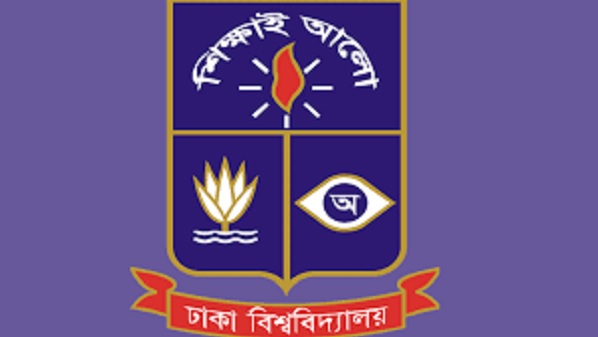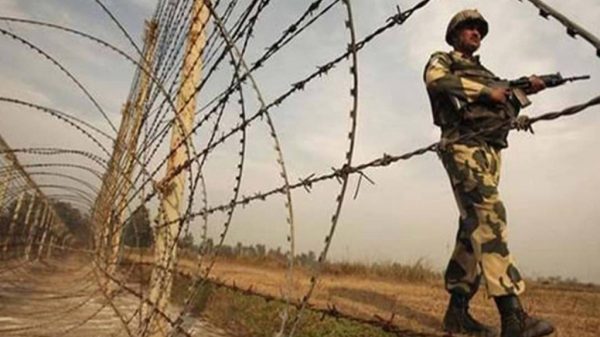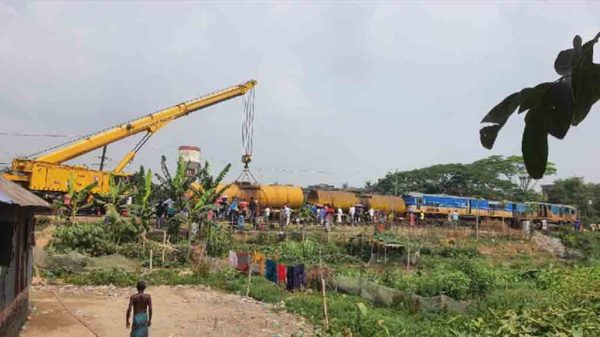AUGUST 1975: Historical consequences

THERE are many positions on the killings of August 15 but they are mostly politically partisan. Immediately after 1975, some groups even observed the day as ‘day of deliverance’ — Najat Dibas. There are, on the other hand, those that look upon it as the most grieving day on the calendar.
For the prime minister of Bangladesh, it is beyond politics and the day her entire parental family was wiped out by a rogue group of army officers who chose to put a close friend and aide of Sheikh Mujibur Rahman in power. The personal, therefore, has had a deep impact on the political.
But Khandaker Mushtaque was also plotting a coup and was in league with his group such as Mahbubul Alam Chasi, Taher Thakur, etc who had held several meetings to implement their plans. The two groups, therefore, became the post-August 15 government that lasted till November 3 intact.
It was followed by a series of military events by armed officers and soldiers of the army that led to the events of November 7 which saw the rise of the army as a critical player in state governance. Apart from this structural aspect, the process also produced General Ziaur Rahman and his political machinery which exists today in the shape of the BNP, till now the Awami League’s principal contestant.
These go beyond the blood and gore and tragedy. The systemic aspect of the period essentially has determined and defined national political trends till now. The battles are still raging today between two civilian political groups, both linked to the August-to-November 1975 phase. It is this historical aspect beyond the blood littered events that deserves more attention and analysis than it gets.
Major aspects of August transition
THE political party conflict aspect dominates but not necessarily the political transition and class factors of the ruling variety. Politics in the conventional August narrative is about ousting the Awami League from power and replacing it with the future BNP leader. Those who are pro-Awami League see that as a great betrayal of the state and history while the anti-Awami League group, usually the BNP and some Islamist parties, see this as a resurgence of democracy and freedom.
Since the positions are based on killing, the chances of any middle position on the issue is impossible. As Zia/BNP came to power following the killing, the party and its followers have to justify the killings as ‘positive for democracy’. While they did not actually claim the killings, they did protect the killers through the Indemnity Act and protected, if not promoted, them in various ways. There is no evidence of any direct connection but that the post-November 7 government owes its genesis to August 15 killings is obvious.
The BNP’s position is that the regime was undemocratic and cites BKSAL as an example. One-party rule is given as the cause that led to the killings and subsequent events as well and ‘peace’ was restored later by Zia, the ‘saviour of democracy’. However, the part about the killing and military takeover is glossed over as it is incompatible with the branding of a political party.
For the Awami League, the issue is that BKSAL was a move to unite all forces and classes which never got a chance to succeed. Just as the BNP brands it as one-party rule, the Awami League brands it as a ‘national unity government’. As the party that was violently ousted from power, they describe the post-1975 political party as fundamentally ‘undemocratic.’ Military rule as democratic change is a logical contradiction to them.
It is, therefore, certain that the two shall never meet, but it shows that given the fundamental structure that developed in 1975 through the August events, politics in Bangladesh will always remain based in unresolvable conflicts of 1975. Depending on it to deliver the goods of the state will always be problematic if not impossible as past history has also shown.
Class and state structure management, and 1975
THE 1971 war was a multi-class event which was led by formal forces of the middle class and aspirant upper. It was, however, powered by the rural peasantry both as resistors and sustainers. 1975 was, on the other hand, an event limited to the ruling class segments. Conflict was between the ruling regime/party versus various sections of the army dominantly. From August to November, it was a rogue informal group but after November, the formal part of the army took over.
The army felt left out of the ruling class configuration after 1971 and resentment had been built on many grounds, including the creation of the Rakkhi Bahini. The period from 1972 to 1975 was basically a civilian rule and power equations were limited to politicians only.
BKSAL addressed some of the issues of exclusion and tried to include senior army bureaucrats. Several, including Zia, were part of it but as history shows it was not enough. In 1975, three clusters from within the army tried to take over power — one in August, one on November 3 to oust the August group and the Biplabi cluster led by Taher on November 7. In the end, all three failed and Zia came to power in November 7–8 and with him came the army as an institution to power.
The military-dominated state rule continued from 1975 and finally de facto ended in 1990, 15 years later. The 2007–08 period was a failed attempt to restore supremacy but as events showed, the ruling class segments were more mature and solo power not possible. The army also understood that its position in the ruling class structure was secure; hence, an extra involvement was unnecessary.
Military-run civilian politics also carried the risk of being counter-productive as UN peacekeeping duties could be threatened which were critical to the rank and file’s economic wellbeing. And no risk would be welcomed by the ranks. Plus other members of the ruling class were much stronger than in 1975 and national governance was a matter of participation by all the members to work — the army, the amla, the trader and the politicians.
Army in civilian politics: two phases
THERE were two segments of the process. The first began with the killings of August and November and the later takeover by Zia as the head of the army. From 1975 to 1981 that is Ershad’s takeover, the internal political dynamics of the army was active with coups and counter-coups. It peaked with the killing of Zia and later Monzur followed by the hanging of those accused of the same.
Many of the officers involved were 1971 veterans which means that the era of soldiers who had in some ways performed political duties in 1971 finally ended with the new army regime of Ershad.
The Ershad period saw the consolidation of civilian party power clusters, leading to the movement of 1990 which went on to establish a phase of uninterrupted civilian politics till 2007. The army refused to take over in 1990 when Ershad was ousted, showing that there was better understanding of the advantages of an alliance-based ruling class. The misadventure of 2007–8 confirmed this equation. As of now, the ruling class segments are in a better harmony than ever before. This process began in 1975 in consolidation of the ruling class segments.
1975: Collective and personal dimension
THE killings, coups, takeovers and even the ‘revolutionary’ radicals were all from the armed forces. They were supported by some civilians such as Khandaker Mushataque etc and some supported out of fear or opportunism such as the members of the Awami League. In the case of Taher, Jatiya Samajtantrik Dal activists were involved.
However, it did not involve ordinary people who live far away from power spaces as they still do. For them, the violent episode is to that extent a painful reminder of political violence as it once was but distant as they were not participants. It may, however, have increased their belief that power relationships do not include them and it is the best to stay away from its mechanization.
Just as the ruling class segments consolidated their position, so did the ‘ordinary’ class, particularly in the rural areas where the majority lives which was left untouched by all these events. Their own informal institutions centred on the village survived and continue to do so. To that extent, the 1975 transition did not bring about any national transition of change. But they split the political segment of the ruling class sharply into two conflict groups — the Awami League and the BNP — and look like they can never heal. Hence, conflict will remain the major trigger in governance politics in Bangladesh linked to the political part of the ruling class.
The personal dimension is also important as it is about the prime minister of Bangladesh to whom it is a personal trauma of the highest magnitude and influences her political thinking deeply. This is inevitable. To carry such a burden of grief and to deal with those as political opponents whom she believes to be involved with the killing of her parents and the rest of the family means dealing with both public and private history. It also means that she may take no chances in politics and sees it through several lenses including that of her personal grief.
In the end, it would seem that the politics of the ruling class and their dependent middle class can be traced to the events of 1975 beginning with the August 15 killings very significantly. However, August cannot be dealt with in isolation and must include all the events of 1975 till November following that to make the significance clear.
For the majority uninvolved in ruling class politics, 1971 is more impactful but both are, however, linked. The ruling class roots lie in 1975 mostly.
Afsan Chowdhury is a journalist and researcher.






















Leave a Reply